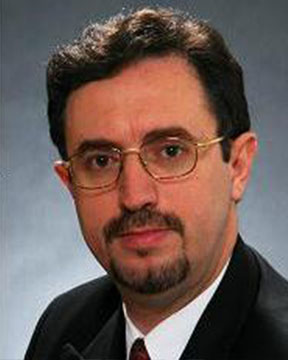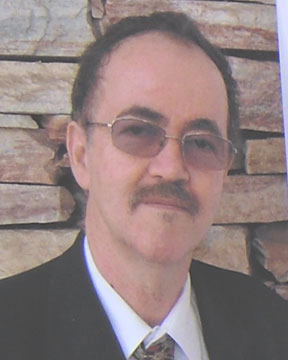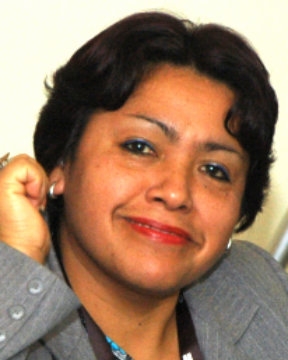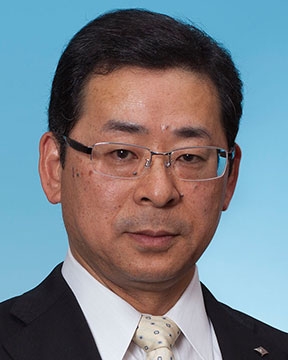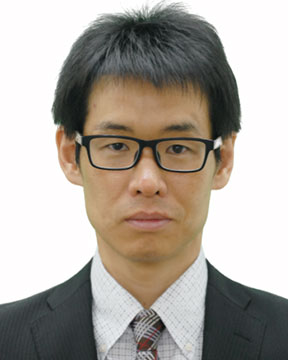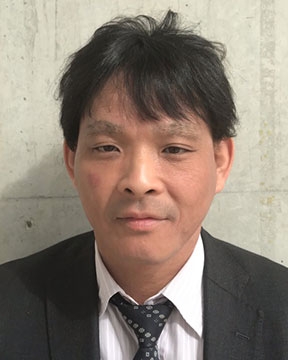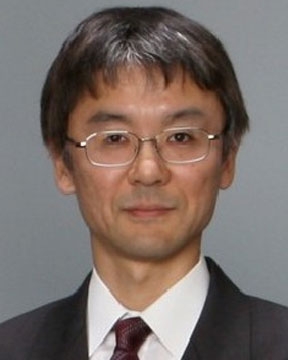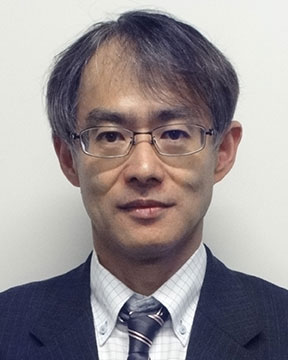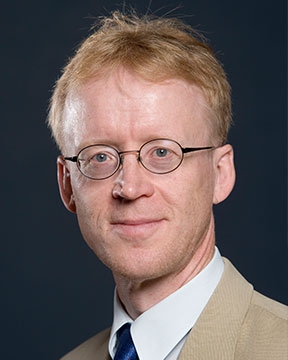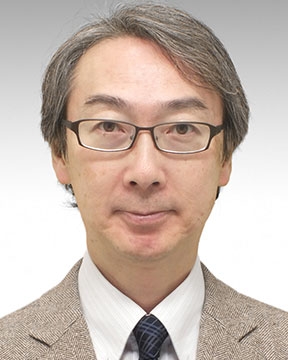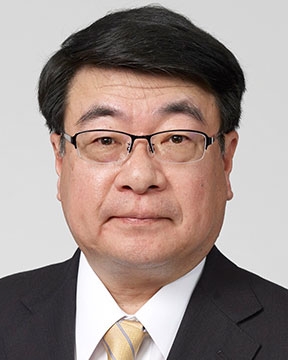



















7th Intl. Symp. on Advanced Sustainable Iron and Steel Making

Bio | CV | Publications
This major symposium is in honor of the distinguished work and lifetime achievements of Prof. Tateo Usui. Professor Usui is a well-known figure for his profound impact on iron and steel processing, including novel iron ore sintering, novel carbon composite iron ore agglomerates, developing conventional ironmaking and steelmaking processes, liquid iron and solid steel carbonization processes, nearly all considerations of the exhaustion of natural resources (quantity and quality), and CO2 emission controls. He has dedicated himself to research and education mainly in Osaka University and partly in Fukui Institute of Technology, Japan, and as a visiting professor in Federal University of Ouro Preto, Brazil. Thus, over 250 papers, including referred and international conference papers, have been published on his research results. There are many excellent researchers and engineers who studied in his laboratory or under his instruction in Japan and Brazil. Throughout his career, his activity has impacted various fields, such as:
1. Fluid Dynamics, Heat and Mass Transfer Analyses in and around a single particle, in a packed bed and a reactor
His first research field was Fluid Dynamics, especially "Pulsating flow through a tube under laminar and turbulent flow conditions" by theoretical treatments and experimental verifications. He introduced the 13 layers model for turbulent pipe flow, which reproduced the behavior of experimental data well; he received the Prize of JSME from The Japan Society of Mechanical Engineers (JSME) on "Theoretical Treatment of Pulsating Turbulent Pipe Flow," in April, 1977. He also applied Pulsating Flow to various reaction systems by accelerating heat and mass transfer in and around a single particle, in a packed bed and a reactor.
2. Reduction behavior of iron ore agglomerates (pellets and sinter) and kinetic analyses of their reaction rates
He analyzed the reduction rate and behavior of iron oxide pellet or sinter as a single particle and a packed bed by using Unreacted Core Shrinking Models for One and Three Interfaces. In the first stage, the resistance due to the rate of gas flow was discussed theoretically by observing the rate enhancement effect under pulsating flow conditions, and he concluded its necessity. He received the Nishiyama Commemorative Prize from The Iron and Steel Institute of Japan (ISIJ) on "Transport Phenomena and Reduction Rate Analysis of Iron Oxide Pellet," in April, 1986. Recently, he proposed Unreacted Core Shrinking Model for Six Interfaces to reproduce the rate of reduction of Sinter successfully; reduction rates of iron oxide and quaternary calcium ferrite were taken into account properly.
3. Experimental and kinetic analyses on pre-reduction of iron oxide pellets with coal carbonization gas, for minimizing the amounts of coal used in the total process of in-bath smelting reduction
When raw coal is charged into in-bath smelter, coal is broken up into pieces by the pressure of volatile matter release. He proposed a pre-reduction process of iron ore with coal carbonization gas for the total process, where the resultant coal char was used as the charging carbonaceous material and pre-reduced ore was also charged into an in-bath smelter. The resultant char was evaluated as a reducing agent and heat source for iron bath by simulation (calculation only); the optimum amount of coal in the total iron bath smelting reduction process including the proposed pre-reduction stage was estimated and compared with the amount of coking coal required for a conventional blast furnace route. The proposed route was shown to be marginally better than the conventional blast furnace route in terms of coal consumption rate; in terms of natural resources and economics, it is important that the coal needed for the smelting reduction process is worse quality and cheaper than the coking coal.
4. Basic studies on reduction of carbon composite iron oxide pellets using coke, semi-char (from coal), and semi-charcoal (from wood) in order to clarify the rate enhancement effect of residual volatile matter
Based on the carbonization gas release behavior measured in the topic 3, it occurred to Prof. Usui that the use of residual volatile matter in coal-char, namely semi-char to carbon composite iron oxide pellet, would enhance the rate of reduction especially when starting at lower temperatures. His group also studied using semi-charcoal as carbonaceous material in carbon composite iron oxide pellet, which enhanced the rate of reduction reaction much more than that using semi-char. This difference was explained by the degree of crystallization and activation energy.
5. Experimental studies on gas-solid-liquid transport phenomena in the lower part of a blast furnace by using cold models
In his laboratory in Osaka University, Static and Dynamic liquid hold-ups were measured under gas, solid and liquid movements in two and three dimensional cold models simulating the lower part of a blast furnace, and flooding phenomena were also detected. Contact angle of the solid/liquid interface and soaked and unsoaked bed conditions were discussed experimentally to elucidate gas-solid-liquid transport phenomena in the lower part of a blast furnace.
6. Basic studies on impurity concentration control and purification of metals for pig iron pre-treatment and steelmaking reactions
In his laboratory in Osaka University, elements in molten iron and steel, such as C, Si, N, O, S were controlled in content or expertly removed by several methods depending on their chemical characteristics. The removal of tramp elements in used steel, such as Cu and Sn, were attempted through various methods, namely evaporation, liquid immiscibility, use of special elements (B, Mo or Au), and so on. By using cold models, the prevention method of swirling flow generation in discharging liquid in the reactor vessel was also studied, in order to make iron and steel processing efficient.
7. Experimental and thermodynamic studies on environmental problems, such as CO2 emission control in integrated steelmaker and dioxin emission control in sinter plants and combustion furnaces
In his laboratory in Osaka University and also while being a member, group leader, or chairman in many collaborative research groups in ISIJ and others, he studied many topics related with CO2 and dioxin emission control and exhaustion of natural resources (quantity and quality)—mainly iron ore and partly coal. Some solutions for dealing with these problems were presented by his group. He is a 6-time recipient of the Yamaoka Prize (for distinguished Group Research Activities) in the Ironmaking Field, awarded by the ISIJ in 1986, 1993, 1995, 2003, 2007, and 2013, especially in 2007 for his involvement as a chairman in the "Research Group on Porous Meso-mosic Texture Sinter," in which methods of dealing with porous limonite ore were studied basically and commercially. He received the Best Paper Prize from High Temperature Society of Japan on "Dioxin Emission Control in Combustion Furnace" in 2008, and Technical Paper Prize from The Japanese Society for Experimental Mechanics on "Simple Removal Method of Dioxin from Exhaust Gases and Liquids" in 2009.
8. Analysis and control of carburizing reaction rate, as well as basic studies for minimizing hydrocarbon volume in the carburizing process of steel
In the Technology Research Institute of Osaka Prefecture, Japan, he led the experimental and theoretical analysis and control of carburizing reaction rate as well as basic studies for minimizing hydrocarbon volume in carburizing process of solid steel; in the latter study, because steel was carburized by carbon from gaseous hydrocarbon, hydrogen had to be removed. In the study, the method to remove surplus H2 selectively from the atmosphere in the carburizing furnace was proposed, in order to decrease both the supplied hydrocarbon volume and the exhaust gas volume including CO2 emission. He received The Poster Award at the 17th IFHTSE Congress, 2008 from The Japan Society for Heat Treatment on the "Relationship between Vacuum Carburizing Conditions and Surface Carbon Concentration of SNCM815" in 2008.
Other significant prizes he received are as follows:
(1) Gakujutsu Kouseki Prize (for distinguished services on Academic Activity) from ISIJ on "Ironmaking and Steelmaking in Consideration of Resources and Environment," in 2006.
(2) Tanigawa – Harris Prize (for distinguished services on Academic Activity in High Temperature Metallurgy) from The Japan Institute of Metals on "Metals Processing mainly on Ironmaking and Steelmaking in Consideration of Resources and Environment" in 2011.
(3) Nishiyama Medal from ISIJ on "Iron and Steel Processing in Consideration of Resources and Environment" in March, 2019.
(4) Osaka University Prize (for outstanding services on Academic Activity) from Osaka University, in 2007.
His main distinguished activities are as follows:
(1) Chairman of Research Group in ISIJ on Iron Ore Sintering Process for Limonite Ore, twice, in 2000 – 2001 and 2001 – 2005.
(2) Chairman of ICSTI'06 (The 4th International Conference of Science and Technology on Ironmaking), in 2003 – 2007; organized by ISIJ, co-organized by Graduate School of Engineering, Osaka University and supported by The Ministry of Education, Culture, Sports, Science and Technology, Japan.
(3) Chairman of the High Temperature Process Division in ISIJ, in 2005 – 2007; one of the typical activities was the symposium on "CO2 Emission Control in Integrated Steelmaker (in Japanese)."
(4) Chairman of ISISD 2010 (International Symposium on Ironmaking for Sustainable Development), 2009 - 2010; organized by ISIJ, co-organized by Graduate School of Engineering, Osaka University.
Through these social activities, he has contributed significantly to the advancement of iron and steel processing engineering as well as technology improvement in the ferrous metallurgical field.
This symposium is organized on the occasion of Prof. Usui's 50 year scientific anniversary. Reflecting on his outstanding academic activity, this international symposium will feature plenary, keynote and invited lectures on scientific and technological ferrous metallurgical topics, such as raw materials processing, ironmaking processes, steelmaking processes, steel carburizing processes and related CO2 and dioxin emission control; not only conventional but also novel processes or ideas are welcome.
ROUND TABLE DISCUSSIONS
A round table discussion open to everyone interested will be organized at a specific date and time during the symposium. It will be a platform for high level representatives of various industries, technologies, and academic disciplines to freely discuss and debate all topics of this symposium, and identify positive and efficient pathways towards sustainability in industrial practices, technologies, and research.
You are cordially invited to actively participate in this symposium by submitting and presenting a paper, or by attending the round table. We look forward to meeting you at the Cyprus, October 2019.


